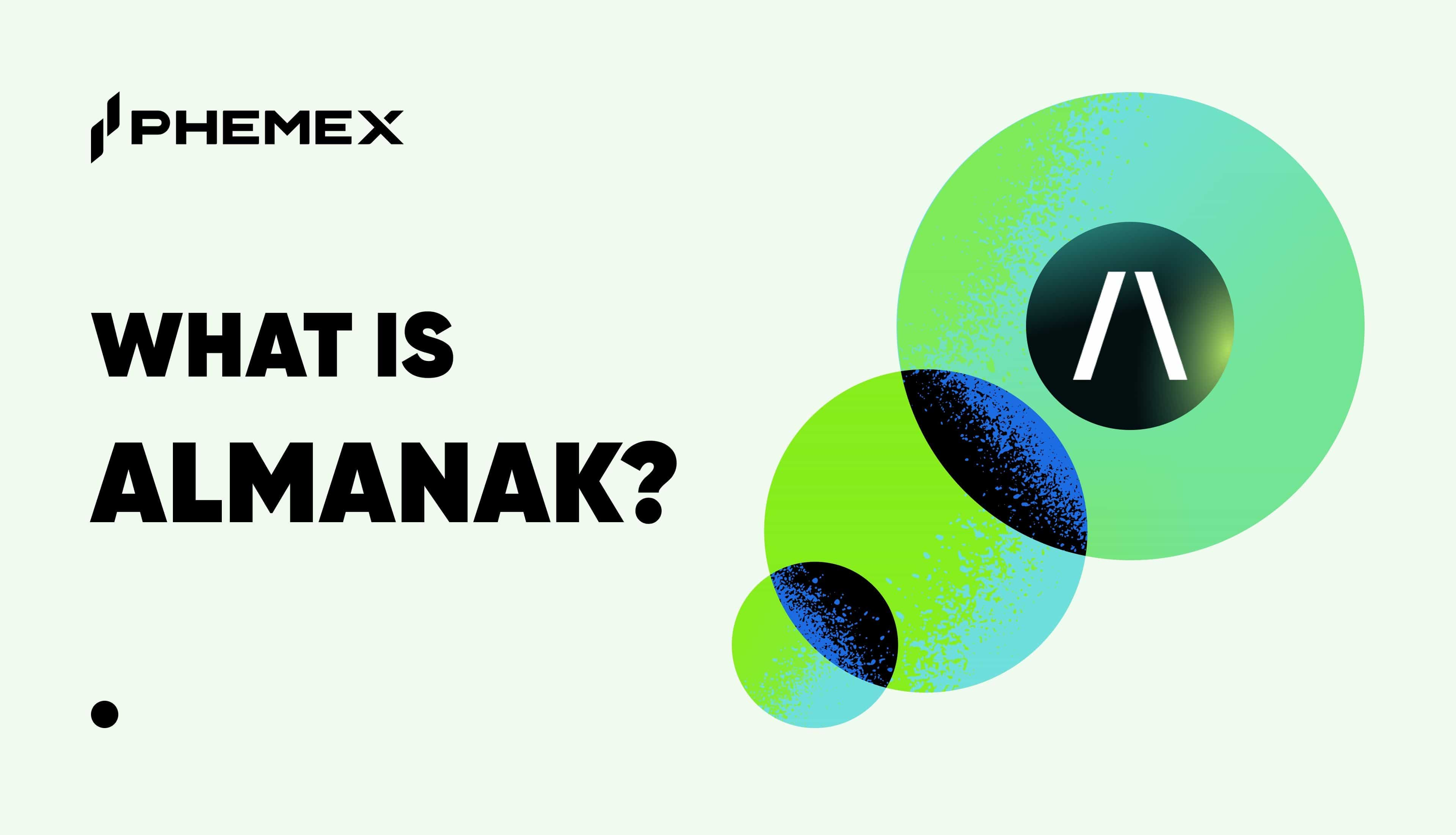Summary
- Staking is the process of locking up cryptocurrencies in a target wallet or exchange in return for rewards and crypto passive income.
- The staking process functions to verify transactions on proof-of-stake blockchains, just as the mining process does the same for proof-of-work blockchains.
- Staking can be done via reputable exchanges, or on wallets as specified by proof-of-stake blockchains.

What is Staking Crypto?
Staking is the process of holding or locking cryptocurrencies in a target wallet for a specified period of time in exchange for crypto rewards and crypto passive income. These locked funds help support the security and maintenance of certain blockchains. It is a process comparable to Bitcoin mining, but much less resource-intensive. While Bitcoin relies on Proof of Work (PoW) for its consensus mechanism, other popular coins such as Cardano (ADA), NEO (NEO), and Ontology (ONT) employ the Proof of Stake (POS) mechanism.
Proof of Stake vs Proof of Work
How does PoW work?
The Proof of Work system involves having miners solve complicated mathematical puzzles to create blocks of verified transactions that are then added to the blockchain. These cryptographic problems are so hard to solve that miners must use specialized hardware capable of producing substantial computing power. In fact, the process is so costly that malicious actors are deterred from attempting any attacks.
It is simply more cost-effective and rewarding to participate as a legitimate miner. This is because each time a miner successfully solves a puzzle and adds a new block, the system rewards them with a certain amount of Bitcoin. The solution or “proof of their work” is then shared and verified by other miners as they add the same block to their copies of the distributed ledger.
How does PoS work?
The Proof of Stake model is an alternative designed to counter the extreme resources and costs associated with PoW. Rather than relying on excessive levels of arbitrary work in the form of computations and complex calculations to secure the network, this option only requires participants to store and lock away some of their funds.
What are the Validators in a PoS Model?
Let’s take a step back. Both models face the same challenge, transactions must be verified before they can be added to the blockchain. Where Bitcoin has miners to take up this task, a PoS crypto has validators. Miners are unlikely to attempt any malicious actions given the significant resources and costs this would take. Instead, it’s easier for them to profit by receiving legitimate mining rewards. Similarly, validators that do not perform their required services appropriately risk losing some of their staked funds.
Staked coins essentially function as collateral against bad behavior. On the other hand, validators that play by the rules and verify blocks honestly are also compensated. Each time a block needs to be verified, the system will randomly assign the task to one of the validators. How likely a validator is to be selected depends on how much they have staked. The more funds they’ve locked up, the higher the probability that they will be selected. In other words, just as miners with more computing power are more likely to solve a block’s mathematical puzzle, validators with more coins staked are also more likely to be granted the right to verify a block and receive a reward.
Rules and conditions for validators vary across different PoS blockchains. Each project has their own preference in terms of technical requirements, minimum stake amounts, lockup periods, methods of selection, and reward calculation formulas. Nevertheless, they all share the same advantage over PoW systems. Because PoS does not require huge amounts of energy or specialized hardware, the mechanism is much more scalable. In fact, the Ethereum network is currently in the process of migrating from PoW to PoS through its ETH 2.0 upgrade.

Is Staking Crypto Safe?
Staking crypto is a passive income-generating activity that is considered to be a safe way of boosting one’s returns on investment. Generally speaking, much like a fixed deposit in a bank, you cannot lose money from staking crypto. There are two types of staking:
- Staking offered by PoS blockchains. This typically involves holding a cryptocurrency in a specified wallet for a time period to earn rewards.
- Staking offered by exchanges, where users lend their crypto to exchanges to earn interest in the form of more crypto. This type of staking is sometimes offered under what is called a “launchpool” where users stake popular cryptocurrencies to enjoy a high return on their holdings, with interest paid hourly.
Having said that, it is not always risk-free.
What are the risks of staking crypto?
When staking crypto on an exchange, the rule of thumb is to always use a trusted, reputable firm that does not cut corners when it comes to ensuring the safety and security of its customers’ funds. This is because the exchange has custody of customers’ funds when it is being staked; if it gets hacked, or goes bankrupt, your crypto goes with it.
For exchanges such as Phemex, all customers’ assets are held in crypto savings accounts that are constantly monitored in real-time and managed by industry-leading risk and asset management experts.
Other risks of staking crypto include:
- Price volatility: A dip in token price can easily eat into the rewards you earn from staking.
- Liquidity risk: Some staking programs require a minimum commitment period during which you cannot withdraw your assets.
- Counterparty risk: This happens when you stake your assets with a validator who doesn’t do a proper job and gets penalized; your chances of earning rewards will also be impacted.
- Cyberattack risks: Staking pools or wallets can be hacked, resulting in a complete loss of assets staked. As such, when choosing an exchange or protocol/wallet to stake with, always check the company’s track record of safety and whether they insure customer losses.
What is Delegated Proof of Stake (DPoS)?
Delegated Proof of Stake is a popular variation of the mechanism that turns locked up funds into votes. Rather than having users with staked coins taking on the role of validators themselves, these users instead elect delegates to perform the necessary services on their behalf. The more funds staked, the more voting power one has. Staking rewards are then given to delegates who in turn distribute these to their electors. This model allows a smaller number of validators to represent a large number of participants.
The result is increased efficiency, lower entry thresholds for electors, and lower power consumption or increased sustainability. However, there are some notable disadvantages as well. Because the network must rely on a small group of validators, this means more centralization. Another potential challenge arises with users that have very small stakes who may feel that their vote is too insignificant to count and choose to forego active participation entirely. Nevertheless, many prominent projects such as EOS (EOS), Tezos (XTZ), and Tron (TRX) have adopted the protocol and see a promising future with it.
What are staking rewards?
Staking rewards are the incentives earned by participants in return for locking up their tokens for the purpose of validating transactions on a blockchain. The rewards come in the form of the blockchain’s native token, with the quantum of reward depending on the staking program.
How to calculate staking rewards?
Staking rewards are calculated based on the agreed-upon annual percentage yield (APY), which stands for the rate of return earned on an annual basis, after factoring in compounding.
The formula for calculating APY is as follows:
APY = (1 + r/n)ⁿ − 1
r = periodic rate of return (or annual APR)
n = number of compounding periods every year
However, many exchanges that offer staking services also provide staking calculators, via which investors can easily calculate their gains by just keying in the amount they intend to stake, such as this:

Staking calculator (Source: Phemex)
Are staking rewards taxable?
The rules vary in different jurisdictions. In Canada and the UK, staking is given the same treatment as crypto mining and taxed accordingly. In Germany, staked crypto will be taxed if it has been held for less than 10 years; after that, the staked crypto is tax-free.
In the US, however, clear IRS guidelines have yet to emerge on whether staking rewards should be considered as income to be taxed accordingly. In a recent case, a US couple, Joshua and Jessica Jarett, filed a complaint against the IRS arguing that they were wrongly taxed for the 8,876 Tezos (XTZ) in staking rewards they earned in 2019. In response to this, the Tax division of the US department of Justice ordered the IRS to issue a refund of $3,793. Interestingly, the order is not accompanied by any formal court ruling, which the Jaretts are pressing for in the on-going case.
How to Make Money Staking Crypto?
As a potential user or investor, staking is an excellent option to generate a crypto passive income. It is akin to depositing money into a bank account that earns you interest.
Staking Vs. Mining
Unlike mining, staking requires very minimal technical knowledge and setup. The first step involves choosing one of the many Proof of Stake coins available.
Top 5 Best Staking Crypto
Many reputable crypto exchanges offer crypto staking services with an annual percentage yield of anything from 4% to 20%, or even higher. Phemex, for example, is offering a 18.80% APY on ETH staking. Cryptos that are usually offered for staking rewards tend to be more established, stable coins such a:
But it can vary from exchange to exchange.

On-going staking programs at Phemex (Source: Phemex)
How to stake crypto on an exchange
On exchanges such as Phemex, staking services fall under various labels, such as earn programs, savings programs or launchpools. Users need to first ensure that they have the staking coins to participate in the program; most of the time, these coins can be purchased from the same platform and staked to earn rewards. For example, in order to stake ETH, users first need to have a minimum amount of ETH in their wallets.
For step-by-step instructions:
- How do I earn crypto with Phemex’s Savings Account?
- How do I make my crypto work for me with Phemex Earn?
- How do I earn with the Phemex Launchpool?
How to stake crypto on a wallet
As mentioned, another form of staking involves holding a cryptocurrency in a wallet to earn rewards. Here, we will use the example of staking Tezos (XTZ) in a Ledger wallet:
- To start the process you must first own a Ledger device and have the Ledger Live application installed on your computer or phone.
- Install the Tezos app on your ledger through the Ledger live manager.
- Follow the in-app instructions to add a Tezos account.
- Purchase some XTZ through a popular exchange such as Phemex and transfer to your Ledger.
- Click the “Earn Rewards” button in the account section of your Ledger app and follow the procedures (delegate, choose a validator, and confirm).
- You’re done. Tezos’ current annual yield through ledger is about 6% minus fees. Of course, your final earnings will depend on how much you choose to stake.
What are Staking Pools?
Staking pools are essentially groups in which coin holders combine their resources. They stake as a unit and consequently have a higher chance of being selected as a validator and earning a reward. If a reward is received, it is then distributed to group members proportionally based on how much each participant added to the pool. Because organizing and maintaining a pool requires significant resources, pool providers will charge a fee that is collected from a participant’s share of staking rewards. Offsetting this extra cost is the flexibility that coin holders gain by joining pools. Staking as an individual means adhering to a project’s minimal lockup times and required balances. Both of which are likely to be quite high. Staking pools on the other hand generally do not have any withdrawal time limits and allow participation with much smaller initial balances.
What is NFT staking?
Staking NFT is similar to staking crypto in that the owner of an NFT deposits his non-fungible token for a certain amount of time in return for passive income in the form of staking rewards. The great thing about NFT staking is that you do not need to give up your NFT in order to monetize it.
Is staking crypto worth it?
Staking can be one of the best income-generating options for investors who do not intend to trade or cash in their digital assets anytime soon. After all, why let it stay idle if you are not going to use it? As such, staking is especially suitable for those who are interested in generating yields on their digital assets, without having to deal with short-term price volatility.
However, this is not to say that staking is completely risk-free, for the reasons mentioned above. One should always read the fine print to ascertain how long the staking period is, and only stake with exchanges that place a premium on security. If a staking program is offering an unusually high rate of return, it may just be too good to be true.
Conclusion
The Proof of Stake mechanism is not only less resource-intensive and more scalable than Proof of Work, it also encourages more participation. By simply locking up funds for a period of time, users can begin to take part in the consensus and governance process of blockchains. In addition, it offers participants an easy method to generate a passive income without the need for sophisticated technical know-how and a large investment in specialized equipment.
Nonetheless, anyone interested in staking must perform their own due diligence to find the best option as this technology relies much more on trust. Of particular importance is the smart contract that a project employs. It must be free of any critical bugs that could lead to the loss of funds.
For any inquiries contact us at support@phemex.com
Follow our official Twitter | Join our community on Telegram
Trade crypto on the go: Download for iOS | Download for Android
Phemex | Break Through, Break Free
Read More
- What is Staking in Crypto & How does it Work?
- Who Are the Blockchain Validators: Network Users Powering the Blockchain Functionality
- What Is DeFi: How To Be Your Own Bank With $100
- How to Stake Ethereum: What If I Don’t Have 32 ETH To Stake?
- Yield Farming vs. Staking vs. Liquidity Mining: All You Need to Know
- What is Cryptocurrency & How It Differs From Digital Cash
- How To Trade Crypto: The Ultimate Investing Guide
- https://phemex.com/academy/defi









